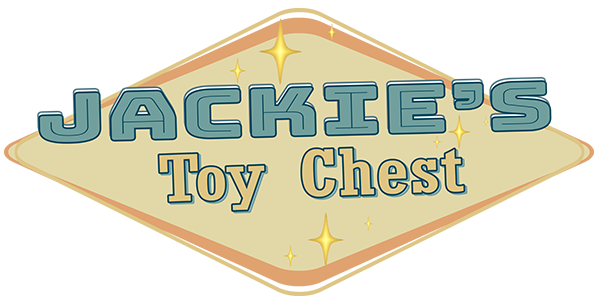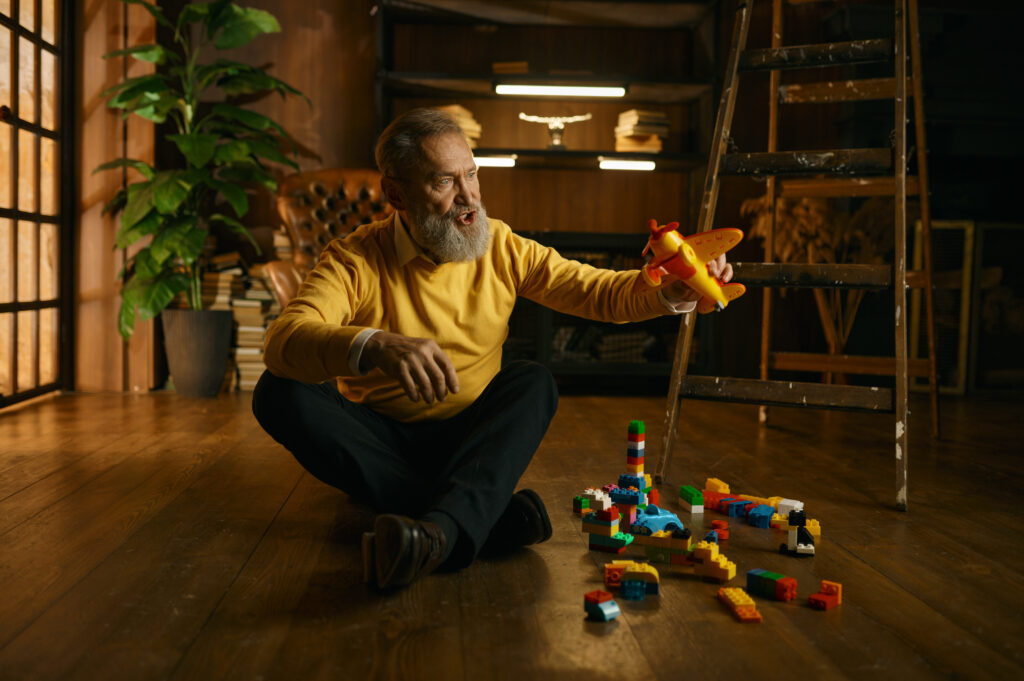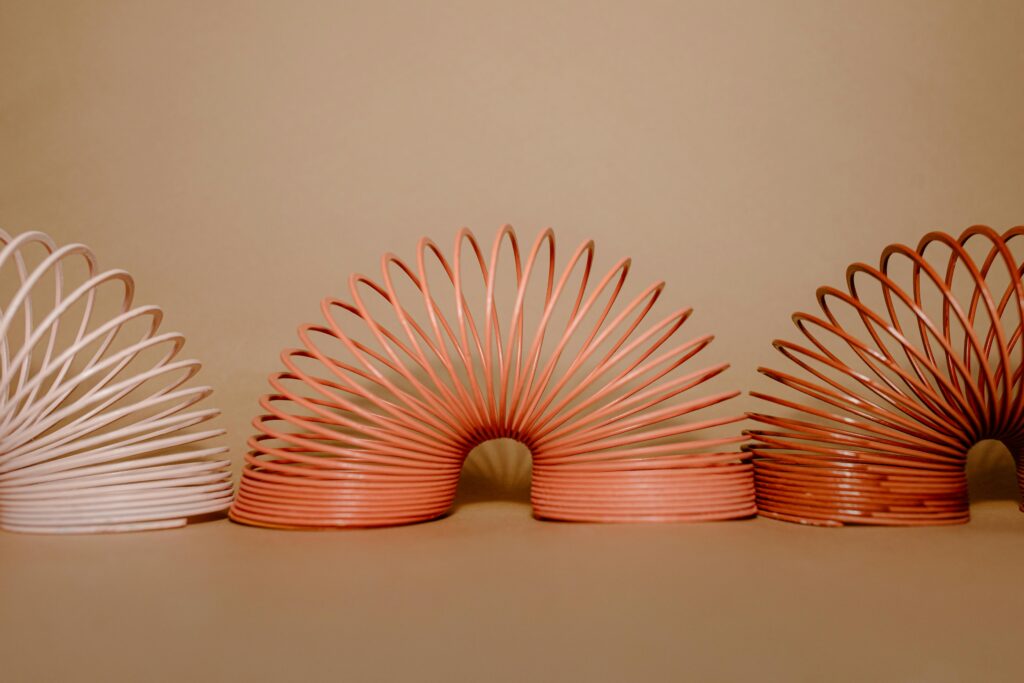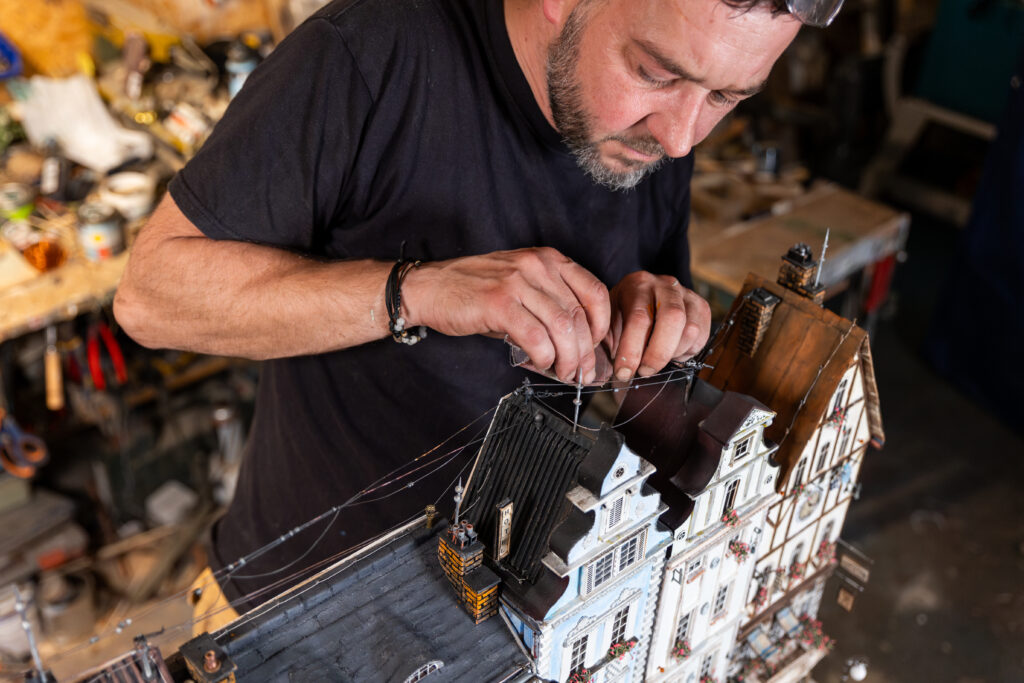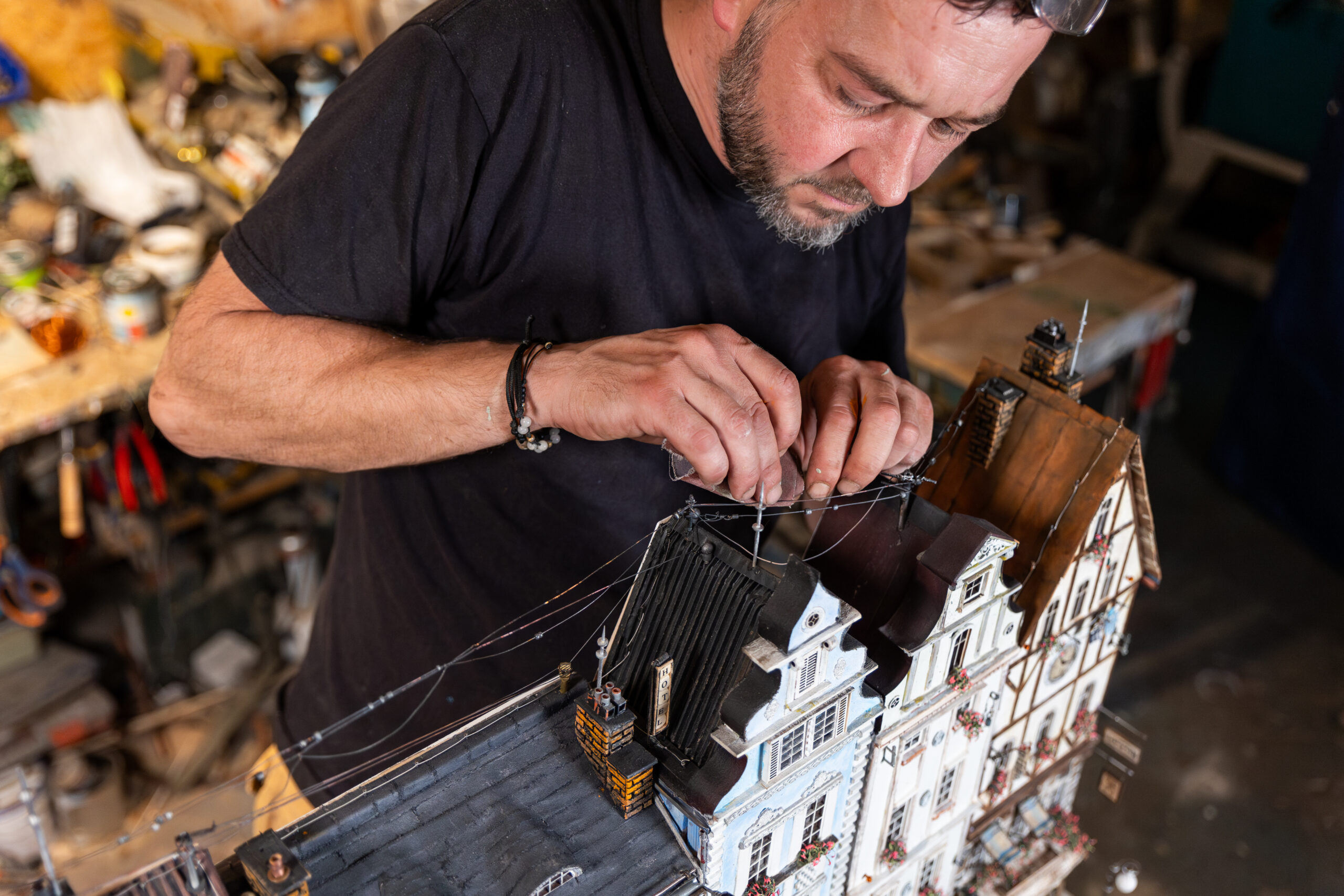
DIY Toy Restoration Tips for Collectors
Toy collecting is a passion that turns many into dedicated hunters of rare finds and beloved classics. If you’ve just unearthed an action figure from a yard sale or you’re looking to spruce up a childhood treasure, one common challenge is restoration. Over time, even the most cherished toys can show signs of wear and tear.
Restoring your toys might seem daunting, but it’s totally doable with a bit of know-how. Whether it’s cleaning, repairing, or even a bit of paint touch up, the right techniques can make a big difference. With some patience and careful handling, you can bring those classic toys back to their former glory.
The Basics of Toy Restoration
Before you begin, it’s crucial to assess the material of the toy you’re working with, be it plastic, metal, or wood. Each material has its own quirks and requires a different care approach. For instance, plastic can be sensitive to certain chemicals and excessive heat, while metal might be prone to rust or tarnish, and wood could warp or crack if not handled properly.
Taking a gentle approach is key to maintaining the toy’s value and integrity. Aggressive cleaning or repair can often do more harm than good, potentially stripping away original paint, details, or even causing structural damage. So, it’s always best to start with the least invasive methods first, respecting the toy’s original craftsmanship and history as you work. This careful handling ensures your collectibles stay in top shape, preserving not just their physical appearance, but their sentimental and market value as well.
Cleaning and Dusting Techniques
When it comes to cleaning your collectibles, the right tools and techniques make all the difference. Start with a soft brush to gently remove any surface dust. This prevents scratching and helps keep the finer details intact. For deeper cleans, use a microfiber cloth slightly dampened with water or a cleaner appropriate for the toy’s material. For instance, a mild soap solution can work wonders on plastic, but for metals, you might opt for a specialized cleaner to avoid corrosion.
If you’re dealing with electronic toys, stick to using dry methods like compressed air to blow out dust from crevices. Remember, the gentler you are, the better you’ll preserve the toy’s original state and charm.
Repairing Broken Parts
Repairing broken toys can feel like a delicate mission, especially when dealing with beloved collectibles. If you have pieces that fit neatly together, a good quality adhesive designed for the specific material, be it plastic glue or wood glue, can work wonders. Just apply a thin layer, press firmly, and give it ample time to set.
However, not all repairs are DIY-friendly. If the break is complicated, or if the piece has mechanical or electronic components, it might be wise to consult a professional restorer. They have the tools and expertise to handle intricate repairs without further damaging the toy, ensuring that your collectible gets the best care possible.
Restoring Color and Detail
Touching up paint on your toys can bring them back to life, making colors pop like they used to. When choosing paint, opt for acrylics as they’re versatile and work well on most toy materials, including plastic and metal. Make sure to use a fine tip brush for detailed areas to maintain precision and avoid smudging.
For faded colors, carefully clean the surface first, then apply a thin coat of paint, blending it into the existing colors for a seamless look. It’s usually best to practice on a less visible area first to ensure the color matches perfectly. This way, you preserve the toy’s aesthetic and enhance its overall appeal.
Preservation Tips to Prevent Future Damage
To keep your toys in tip-top shape for years to come, proper storage and display are crucial. Avoid places with direct sunlight, as UV rays can fade and degrade materials. Humidity is another concern, because too much can promote mold growth and material warping, so strive for a cool, dry environment. For display, consider using glass cases that shield against dust and accidental bumps. These small precautions will protect your toys from premature aging and preserve their condition, ensuring they continue to bring joy and hold value as collectibles.
By following these simple steps, you not only enhance the beauty and function of your collection but potentially boost its value too. So, grab your tools and give your cherished toys the care they deserve.
Blog
RELATED Blog
The Psychology of Nostalgia and Why We Love Throwback Toys
Blog Detail The Psychology of Nostalgia — Why We Love…
Unplug and Play for the Ultimate Retro Game Night
Unplug and Play for the Ultimate Retro Game Night In…
DIY Toy Restoration Tips for Collectors
DIY Toy Restoration Tips for Collectors Toy collecting is a…
